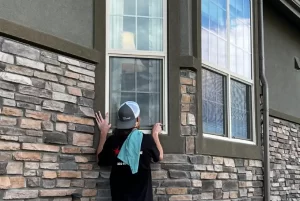
Signs Your Window Screens Need Repair or Replacement
Signs Your Window Screens Need Repair or Replacement Are your window screens standing up to the test of time, or are they overdue for some

Signs Your Window Screens Need Repair or Replacement Are your window screens standing up to the test of time, or are they overdue for some

How Window Screen Repair Can Improve Indoor Air Quality Indoor air quality is more significant than you might think. With most people spending roughly 90%
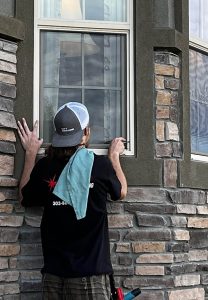
Window Screen Repair Near Me Boulder CO Are you tired of pesky bugs finding their way into your home through ripped or damaged window screens?
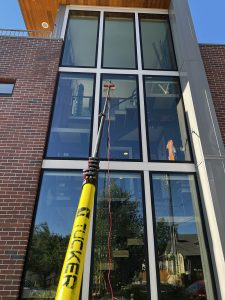
Window Screen Repair Near Me Arvada CO Are you tired of pesky bugs finding their way into your home through ripped or damaged window screens?
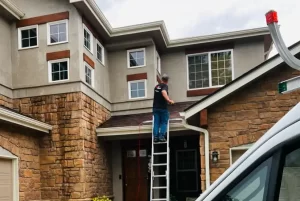
Window Screen Repair Near Me Westminster CO Are you tired of pesky bugs finding their way into your home through ripped or damaged window screens?
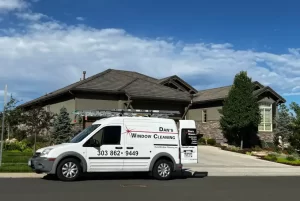
Window Screen Repair Near Me Lafayette CO Are you tired of pesky bugs finding their way into your home through ripped or damaged window screens?
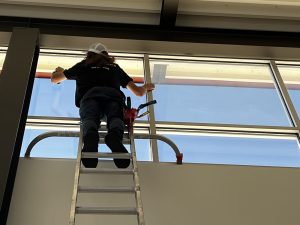
Window Screen Repair Near Me Broomfield CO Are you tired of pesky bugs finding their way into your home through ripped or damaged window screens?
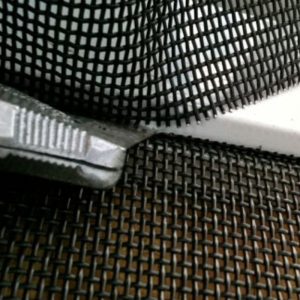
Repair Window Screen: Things to Look for in a Window Screen Repair Services Company Is your window screen in need of repair? Don’t worry, reliable
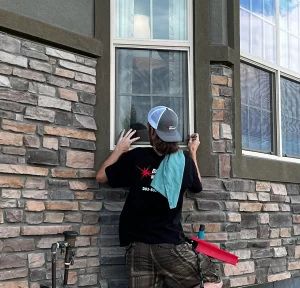
The Ultimate Guide to Finding Top-Notch Screen Repair Near Me Window Don’t let a damaged or broken window screen ruin your view and compromise your
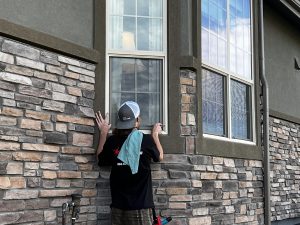
Quickly and Easily Fix Your Window Screen with These Tips for Finding the Right Screen Window Repair Near Me Looking for quick and easy fixes

How to Choose the Best Screen Window Repair Service for Your Home Are you tired of not being able to enjoy the natural breeze that

Get Your Windows Looking Flawless Again with the Best Window Screen Repair Near Me Are your windows looking tired and in need of a bit
